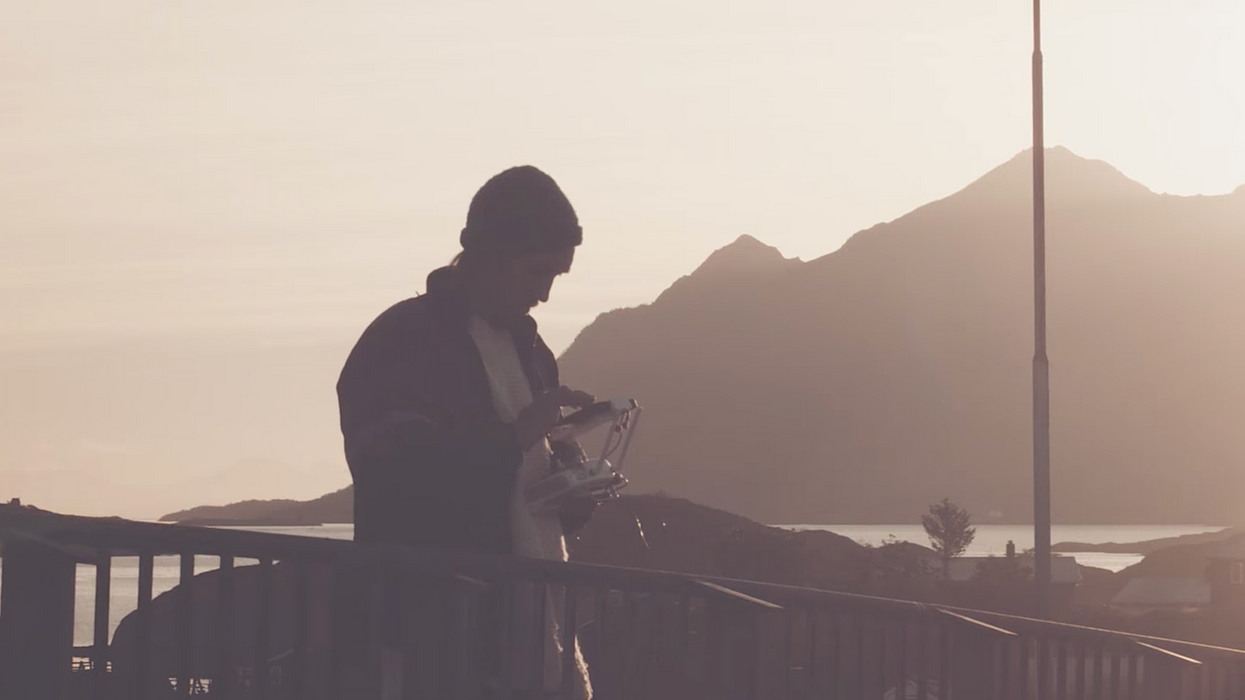How to Get the 'Film Look' Regardless of What Camera You Use
Whether you're shooting on an ARRI Alexa or a Canon T3i, you can achieve the "film look" by putting these cinematic techniques to work.

We're all going for the film look, but if you aren't capturing their images on a powerful cinema camera like the ARRI Alexa or RED Weapon, you might think that this is a level of quality you'll never be able to achieve. That's simply not true. Though cameras do play a role in making an image look "cinematic," there are so many other factors that play an even bigger one, and Jonny Von Wallström of Creative North talks about some of them in the video below.
When it comes to creating a cinematic image, there are several important elements that will dictate (more than your camera will) the look of your images: color, composition, camera movement, and lighting.
Many first-time filmmakers are excited to jump into post and add a sweet color grade to their footage to give it the film look, but there are so many other, more important steps that should be taken before ever opening an NLE. Knowing how to compose a shot and add movement is key for adding style to your work, as well as communicating with your audience through your visuals.
However, many pros will agree that lighting is the most important cinematic element to get right—above framing, above awesome drone shots, above shooting on a camera with high dynamic range. Good lighting screams good filmmaking more than most everything else, so if you had to master one of these aspects of filmmaking, I'd vote for lighting. (You can check out tons of lighting tutorials right here.)
What are some other ways filmmakers can create the film look? Let us know in the comments below.
Source: Creative North











